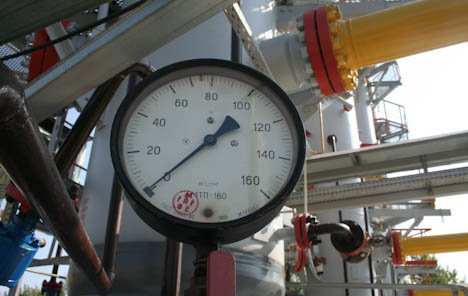BAKU, Azerbaijan, Sept.11
By Leman Zeynalova - Trend:
Global imports in natural gas are set to more than double between 2018 and 2035, from around 745 Gm³/yr to 1,685 Gm³/yr, and will remain at this level throughout the forecast period, Trend reports with reference to Germany-based DNV GL company.
“This will mean a quarter of world gas demand will be traded between net import and net export regions by 2035. Much of this will come in the form of LNG exports, as gas fuels increasingly move over the oceans. We forecast that seaborn trade of natural gas (LNG and liquefied petroleum gas combined) will increase fourfold from 415 million metric tonnes per year (Mt/yr) in 2018 to 1,680 Mt/yr in 2050. Supporting this significant increase in interregional trade, liquefaction capacity is set to triple over the next decade to 1,200 Mt/yr, before plateauing until 2050. From almost no capacity today, North America will account for just under half (560 Mt/ yr) of this capacity in 2030, accounting for much of the increase.
“Today, most of the liquefaction capacity comes from the Middle East (Qatar) and OECD Pacific (Australia), with these regions set to make up much of the rest of LNG liquification capacity throughout the forecast period. North East Eurasia will continue to be a major gas exporter during the period, and while the region will see some increase in liquefaction capacity, pipelines are likely to distribute much of the exports. Significant volumes of Russian gas are set to supply Europe and Asia, through existing or planned transnational pipelines including Nord Stream, Nord Stream 2, TurkStream, and the proposed Altai (‘Power of Siberia 2’) pipeline to China, and also shipped from Yamal and Arctic LNG II fields by fleets of LNG carriers.
“Greater China and the Indian Subcontinent will account for around 80 percent of imports from 2035. This necessitates significant increases in LNG regasification capacity, with Greater China set to increase more than fivefold to almost 400 Mt/yr in 2040, when it levels off. The Indian Subcontinent will see a rapid increase from around 40 Mt/yr in 2018 to more than 500 Mt/yr by 2050, while South East Asia will start from a similar point, increasing six-fold to 240 Mt/yr by 2050. Regasification capacity in Europe will increase moderately to 225 Mt/yr in the mid-2020s. OECD Pacific already has significant regasification infrastructure in place, with this set to increase marginally from around 335 Mt/yr in 2018 to 370 Mt/yr in 2025,” said the company.
---
Follow the author on Twitter:@Lyaman_Zeyn






